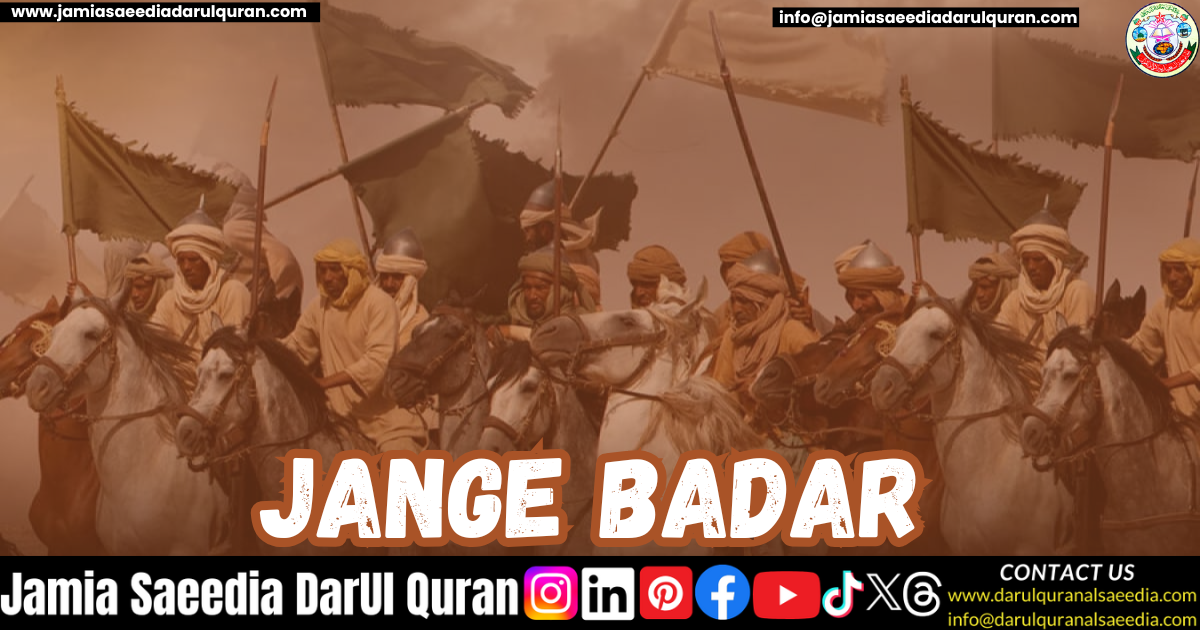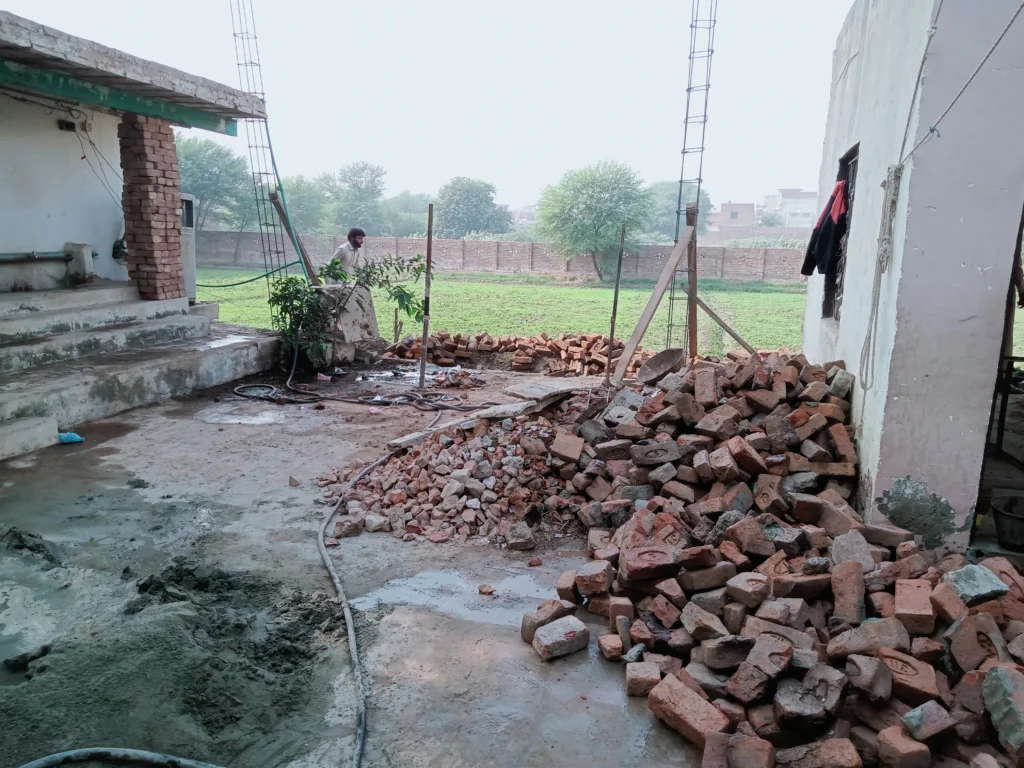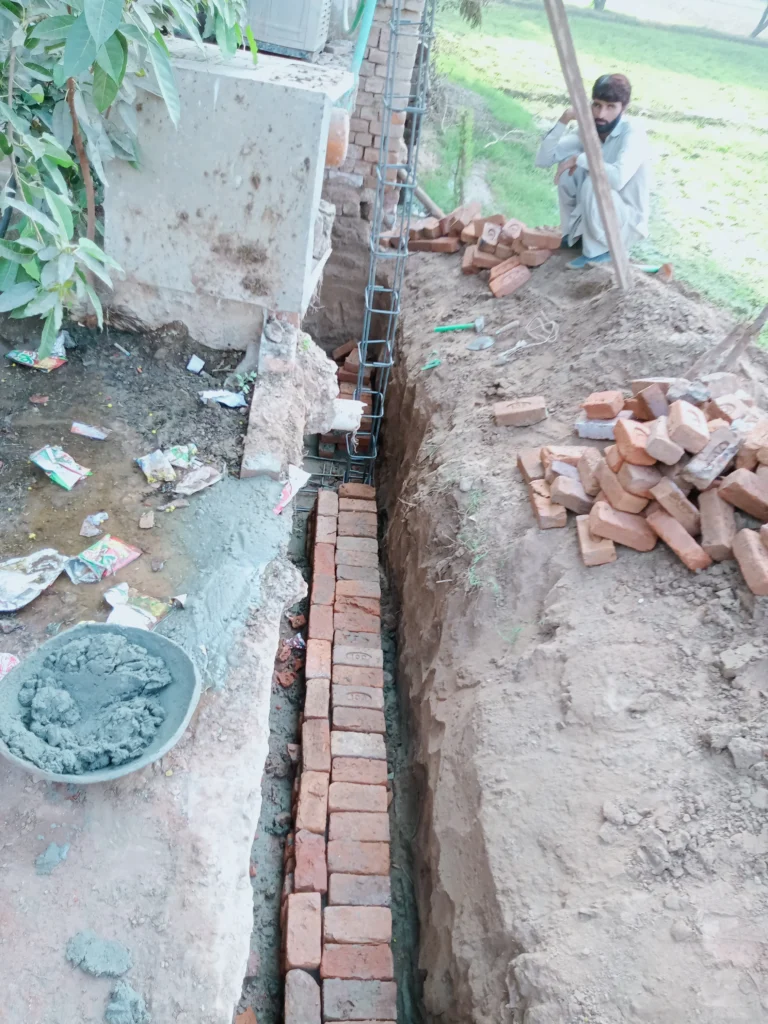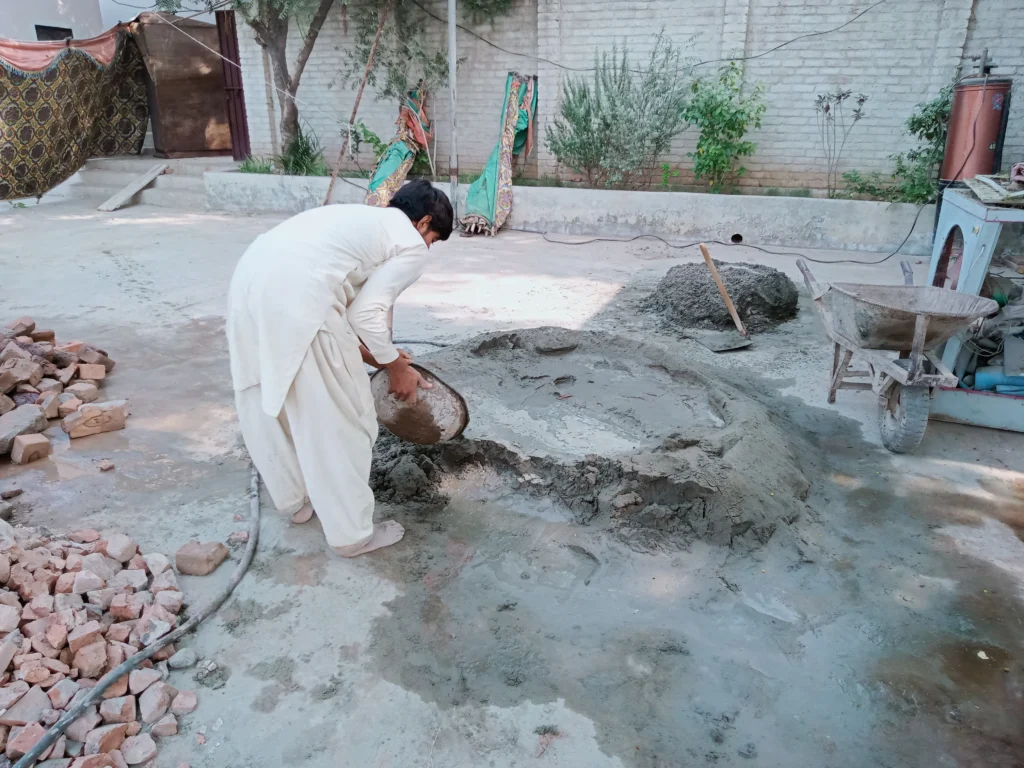
Introduction
The Jange Badar, fought on the 17th of Ramadan in the 2nd year of Hijrah (624 CE), is one of the most significant events in Islamic history. It was a decisive confrontation between the small Muslim community of Medina and the powerful Quraysh tribe of Mecca. Despite being outnumbered and poorly equipped, the Muslims achieved a miraculous victory, which strengthened their faith and established Islam as a formidable force. This article delves into the background, key events, and lessons of the Jange Badar, highlighting its enduring significance for Muslims worldwide.
Read More: Youm-e-Wesal Hazrat Ayesha Sadiqa (RA)
Background of the Jange Badar
1. The Migration to Medina
After facing persecution in Mecca, the Prophet Muhammad (PBUH) and his followers migrated to Medina in 622 CE. This migration, known as the Hijrah, marked the beginning of the Islamic calendar.
2. The Quraysh’s Hostility
The Quraysh, the dominant tribe of Mecca, viewed the growing Muslim community as a threat to their economic and political power. They confiscated the properties of the Muslims who had migrated to Medina and continued to plot against them.
3. The Caravan Incident
The immediate cause of the Jange Badar was the interception of a Quraysh trade caravan returning from Syria. The caravan, led by Abu Sufyan, was carrying goods worth thousands of dinars. The Muslims sought to seize it to recover some of their lost wealth.
The Events of the Jange Badar
1. The Muslim Army
- Size: The Muslim army consisted of only 313 men, mostly poorly equipped and inexperienced in warfare.
- Leadership: The Prophet Muhammad (PBUH) led the army, accompanied by key companions like Abu Bakr (RA), Umar (RA), and Ali (RA).
2. The Quraysh Army
- Size: The Quraysh army numbered around 1,000 well-armed and experienced fighters.
- Leadership: The army was led by prominent Meccan leaders, including Abu Jahl and Utbah ibn Rabi’ah.
3. The Battle
- Preparation: The Muslims camped near the wells of Badr, securing access to water. The Prophet (PBUH) prayed fervently for Allah’s assistance.
- Divine Help: Allah sent angels to support the Muslims, as mentioned in the Quran:“Indeed, I will reinforce you with a thousand from the angels, following one another.” (Surah Al-Anfal, 8:9)
- The Outcome: Despite being outnumbered, the Muslims achieved a decisive victory. Key Quraysh leaders, including Abu Jahl, were killed, and many others were captured.
The Significance of the Jange Badar
1. A Divine Victory
The Jange Badar demonstrated Allah’s support for the Muslims. It reinforced their faith and proved that victory comes through reliance on Allah, not material strength.
2. A Turning Point in Islamic History
The victory at Badr established the Muslim community as a powerful force in Arabia. It marked the beginning of Islam’s rise as a political and spiritual power.
3. Lessons in Leadership and Unity
The Prophet Muhammad (PBUH) exemplified exceptional leadership, strategic planning, and reliance on Allah. The unity and discipline of the Muslim army were key factors in their success.
4. A Test of Faith
The Jange Badar tested the faith and commitment of the Muslims. Those who participated were honored as the “Companions of Badr” and held in high esteem.
Lessons from the Jange Badar
1. Reliance on Allah (Tawakkul)
The Muslims’ victory at Badr teaches us the importance of relying on Allah in all circumstances. Material strength is secondary to faith and trust in Allah.
2. The Power of Unity
The unity and discipline of the Muslim army were crucial to their success. This lesson remains relevant for Muslims today, emphasizing the importance of solidarity.
3. Leadership and Strategy
The Prophet Muhammad (PBUH) demonstrated exceptional leadership and strategic planning. His example serves as a guide for leaders in all fields.
4. Courage and Sacrifice
The Muslims’ willingness to fight against overwhelming odds highlights the importance of courage and sacrifice in the path of Allah.
5. Divine Support
The Jange Badar reminds us that Allah’s help is always near for those who strive in His cause.
Commemorating the Jange Badar
1. Reflecting on Its Lessons
The Jange Badar offers timeless lessons in faith, leadership, and perseverance. Reflecting on these lessons can inspire Muslims to overcome challenges in their own lives.
2. Increasing Worship
Many Muslims use the 17th of Ramadan, the anniversary of the Jange Badar, to increase their worship, recite the Quran, and make dua.
3. Studying Islamic History
Learning about the Jange Badar and other key events in Islamic history helps Muslims understand their heritage and draw inspiration from it.
4. Applying Its Lessons
The principles of unity, faith, and reliance on Allah demonstrated at Badr can be applied to contemporary challenges faced by the Muslim community.
Conclusion
The Jange Badar is a defining moment in Islamic history, showcasing the power of faith, unity, and divine support. Its lessons continue to inspire Muslims to overcome challenges and strive for excellence in all aspects of life. By reflecting on the events of Badr and applying its timeless principles, we can strengthen our faith and contribute positively to our communities. May Allah grant us the ability to embody the spirit of Badr in our lives.
Read More: Jange Badar
Frequently Asked Questions (FAQs)
1. What was the Jange Badar?
The Jange Badar was a decisive confrontation between the Muslims of Medina and the Quraysh of Mecca in 624 CE.
2. Why is the Jange Badar significant?
It marked a turning point in Islamic history, demonstrating Allah’s support for the Muslims and establishing Islam as a powerful force.
3. How many Muslims fought in the Jange Badar?
The Muslim army consisted of 313 men.
4. How did the Muslims win the Jange Badar?
The Muslims achieved victory through their faith, unity, and divine assistance from Allah.
5. What lessons can we learn from the Jange Badar?
Key lessons include reliance on Allah, the power of unity, the importance of leadership, and the value of courage and sacrifice.
6. Who were the leaders of the Quraysh in the Jange Badar?
The Quraysh army was led by Abu Jahl and Utbah ibn Rabi’ah.
7. What role did the angels play in the Jange Badar?
Allah sent angels to support the Muslims, as mentioned in the Quran.
8. How can we commemorate the Jange Badar?
By reflecting on its lessons, increasing worship, and studying Islamic history.
9. What is the significance of the 17th of Ramadan?
It marks the anniversary of the Jange Badar and is a day of reflection and spiritual renewal.
10. How can we apply the lessons of Badr in our lives?
By relying on Allah, fostering unity, and demonstrating courage and leadership in the face of challenges.









